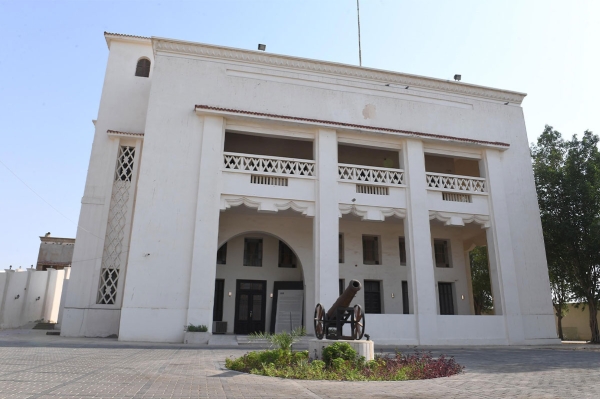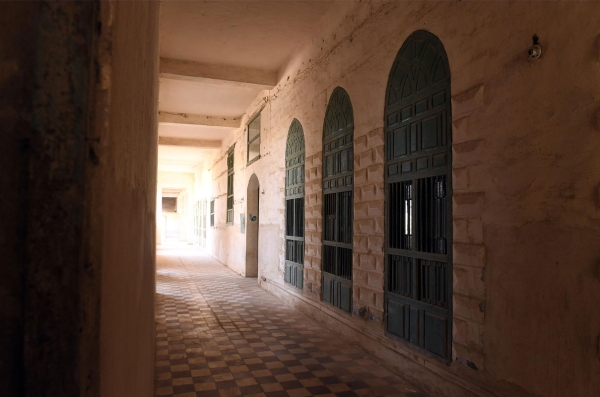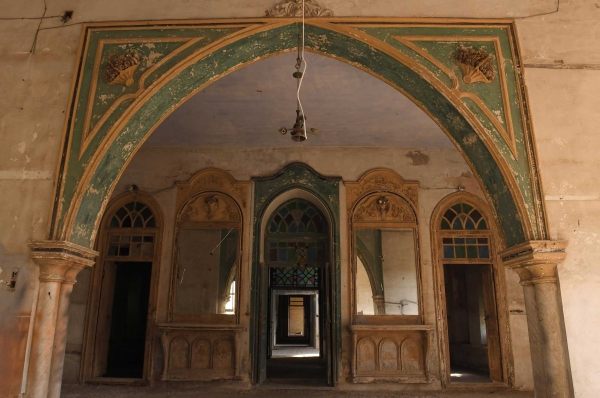


Jeddah Regional Museum, or Khuzam Palace Museum, named after Khuzam Palace, one of the Founding King Abdulaziz Bin Abdulrahman Al Saud's palaces, is located in al-Nazlah al-Yamaniya Neighborhood in Jeddah City in Makkah al-Mukarramah Province, west of the Kingdom of Saudi Arabia. The palace was named "Khuzam Palace" due to the extensive presence of lavender (khuzama) in the neighborhood and was later transformed into the Jeddah Regional Museum after its restoration.
The construction of Khuzam Palace began in 1928 and was completed in 1932. The palace has three facades: the southern facade that overlooks al-Nazlah al-Yamaniya Neighborhood, the northern facade that overlooks Musalla al-Eid, and the western one that overlooks al-Sabil region. The Khuzam Palace comprises two floors and annexes on the southern and western sides.
Jeddah Regional Museum halls
The Jeddah Regional Museum consists of several halls showcasing the ancient history of world civilizations. The halls are:
- The Main Hall:
It displays photos of the Two Holy Mosques and Saudi antiquities and some illustrative images of museums in the Kingdom. It also has a model of a traditional fishing boat, which demonstrates the value of marine resources in the lives of the citizens of Jeddah City.
- The Prehistoric Era Hall:
It represents the era before civilization until the Stone Age when humans used pieces of stone as tools in their daily lives.
- The Islamic Hall:
It presents exhibits from the dawn of Islam until the latest stages of the Islamic era in its various stages. Among its most prominent exhibits are drawings illustrating the spread of Islam from the main center and the Islamic period, photos of the Grand Mosque and the Prophet's Mosque, and illustrations that demonstrate the spread of Islam in the world. It also displays pictures of holy places, the Zubaida Trail, Hajj routes, copies of the Quran, and several tombstones discovered in al-Muallaa Cemetery in Makkah al-Mukarramah.
- Jeddah Hall:
It contains exhibits about the ancient city of Jeddah and its development, where some old maps of Jeddah City can be viewed. The hall also displays a model of the Nassif House in its center and exhibits of Jeddah City with pictures of its old wall and gates, as well as several photographs of ancient Rawashin and images of famous houses in ancient Jeddah.
- The Folk Heritage Hall:
It contains several collectibles from folk heritage that highlight the extent of the development of life in the Arab Peninsula, including clothing and traditional attire for al-Hejaz and Bedouin regions. Additionally, the hall displays daily living tools, coffee utensils and pots, ornaments of all kinds, and some ancient weapons.
- King Abdulaziz Hall:
Located on the second floor, it contains the Founding King Abdulaziz meeting room with its Turkish seats. At the head of the room lies his chair, wooden cane, and old black phone, along with several rare historic photos taken with presidents and official delegations that visited the Kingdom, such as his photo captured in 1945 with King Farouk, king of Egypt, another with American President Roosevelt, and with the ruler of Kuwait, Mubarak al-Sabbah, among others.
- King Saud Bin Abdulaziz Hall:
It contains King Saud's luxurious wooden library, including a soft chair, as well as his cane, phone, and swords, among which is the Qorada that is used in "Ardah." The hall also displays his personal tea set and a gold-plated plate.
In the museum's courtyard lies a group of large stones bearing petroglyphs. These rock engravings represent animals that prevailed in the northern Obhor region (the location of the original rocks) and date back to the Stone Age.
Related quizzes
Related articles


